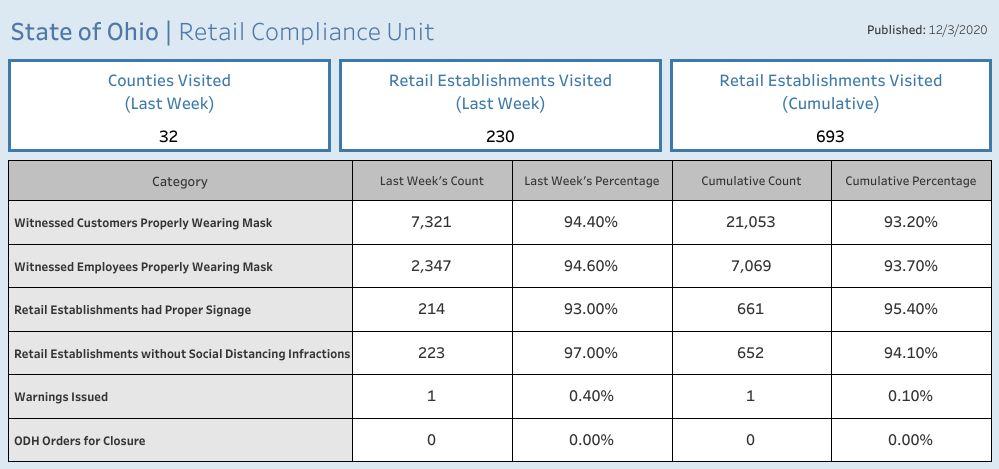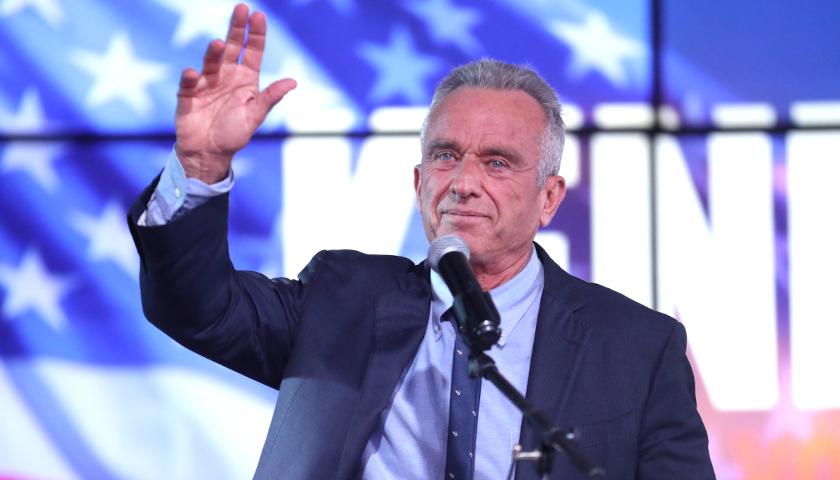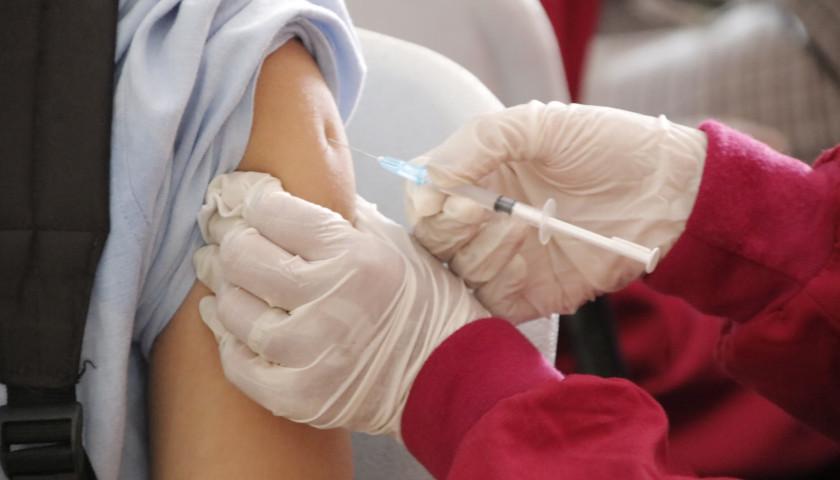Ohio Governor Mike DeWine, whose party is considering impeachment and overriding his veto of a recent dually-passed bill to limit the pandemic powers of the Ohio Department of Health (ODH), called a COVID briefing on Monday to update Ohioans on the state’s response to the virus.
The most significant announcement was that beginning on Tuesday, December 8 the state will no longer trace people who test positive from antigen tests to confirm results.
Previously, ODH required Ohioans who returned positive results on antigen tests – fraught with accuracy concerns -to be up with to determine if they had either been in close contact with another COVID-positive person or had exhibited COVID symptoms before the test was counted.
Monday’s announcement eliminates that verification step going forward.
After understanding more about antigen tests, the CDC changed their definition in August. As a result, antigen tests, according to the CDC, could be included in case counts without additional verification,” said DeWine. He continued “we will begin reflecting those tests immediately in our daily reported case counts, moving forward.
Currently, there is a 12,600-test backlog that will hit the positive column tomorrow. DeWine said the backlogged cases would be assigned an onset date, that not all of them would end up being positive and that it will result in a one-day artificial spike.
The Governor said the change comes after health officials significantly increased the use of antigen tests since November 1 and have tried to keep up with the corresponding higher number of positives – increasing from “approximately 332 per day to an average of 725 per day.”
“Just as the hospitals are feeling the effects of this surge in cases so the Department of Health epidemiologists, and the local health departments, these teams alerted us about three weeks ago that they were simply unable to keep up with the manual verification process for antigen tests because there’s such a wide spread of the virus throughout the state of Ohio.”
The long list of examples of test inefficacy includes Ohio’s own Governor who took an antigen test and returned a false-positive, to the recent false-positive results of seven Kansas City Chiefs players.
Ohio reported the following COVID statistics on Monday:
- 9,273 cases
- 336 hospitalizations
- 40 ICU admissions
- 63 deaths
DeWine started the presser by saying “seeing somewhat of a flattening out, we hope, of the cases. Too early to tell, particularly with the aftermath of Thanksgiving. But, it looks like certainly the rate of increase is slowing down as far as the cases.”
Then later said “as the heads of hospitals have told me, it is unsustainable at this level. So, we’ve got to not only slow it down from going up, we’ve got to begin taking it down.”
According to the Ohio hospital utilization website, updated as of Tuesday November 7, current utilization is as follows:
- Hospital beds: 72.09% total utilization (18.73% COVID)
- ICU beds: 77.82% total utilization (24.03% COVID)
- Ventilators: 40.4% total utilization (15.3% COVID)
A newly added page to the Ohio COVID website reports that the Ohio Retail Compliance Unit visited over 230 retail locations around the state the week of November 23 and found mask compliance to be 94% and social distancing compliance 97%.
DeWine lauded the statewide 10:00 p.m. to 5:00 a.m. curfew and the masking compliance as the basis of his comments that cases may be starting to ebb. “And so, we hope that – we think that the curfew, as well as the masking order and enforcement (where we’ve seen a great increase in retail establishments across the state – we thank everyone for doing that), we think those two things have slowed the rate of increase.”
However, as The Ohio Star reported any estimates regarding masking, distancing and compliance were guesswork before. The Governor’s Press Secretary Dan Tierney told The Star the projections were “anecdotal observations from local officials and health departments.”
So, prior to the numbers released last week by the Ohio Investigative Unit, there was no evidence-based set of numbers to compare.
Governor DeWine did not mention any statewide, proactive measures to get understaffed hospitals more workers, nor did he mention any game plan to distribute, either preventatively or on an outpatient basis, approved drug therapies in order to stave off hospital admissions.
Watch the full briefing:
– – –
Jack Windsor is Managing Editor and an Investigative Reporter at The Ohio Star. Windsor is also an Investigative Reporter at WMFD-TV. Follow Jack on Twitter. Email tips to [email protected].






